Using drones to hunt for the oceans’ plastic pollution
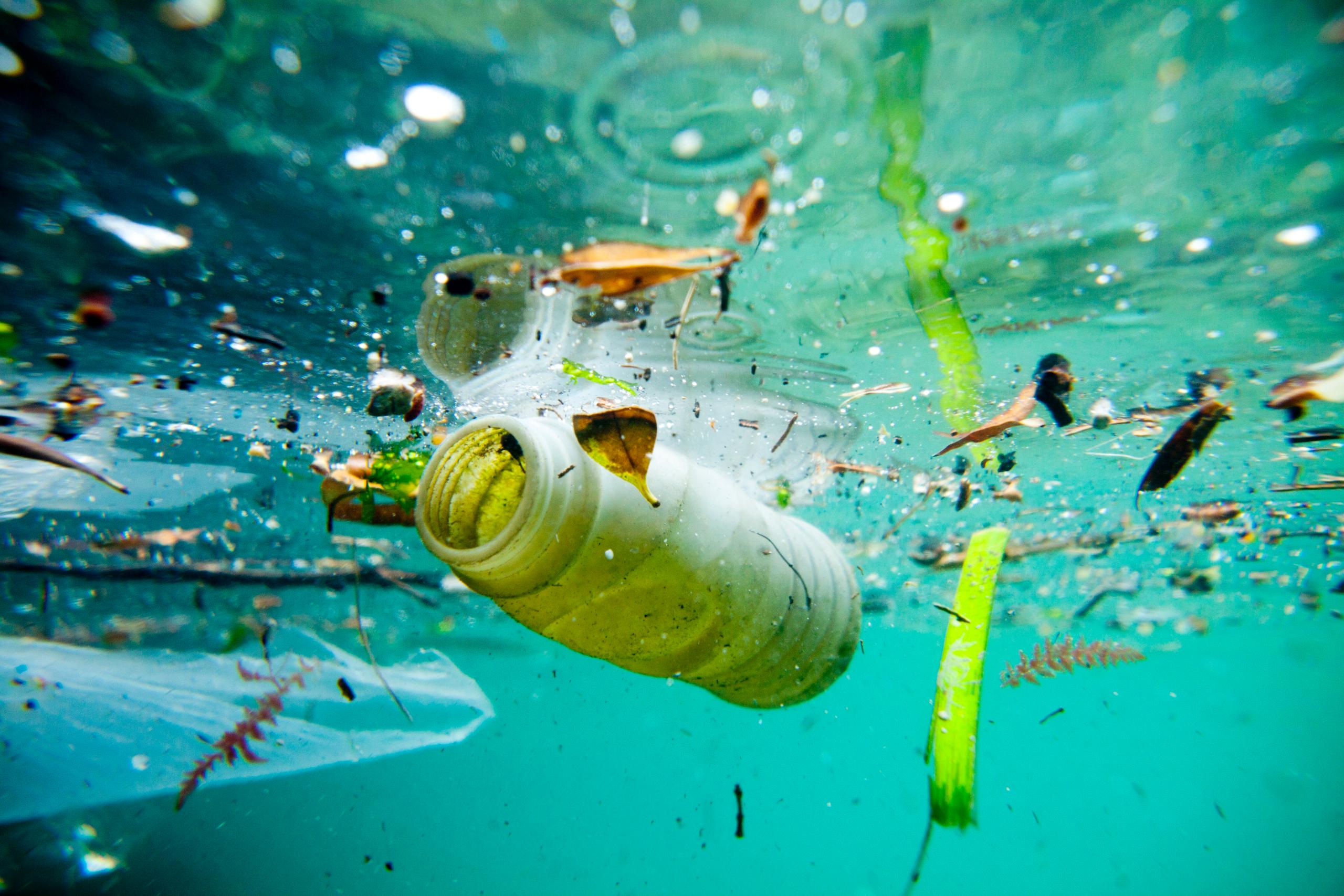
The project sounds ambitious: Spend 300 days aboard a state-of-the-art yacht studying the impact of plastic pollution on yet-uncharted areas of the ocean. In a US stopover by the Swiss-led team, scientists explained how drones are also helping.
“It’s terrible, just terrible,” says Marco Simeoni, the president of the Race for Water Foundation, as he presents a vial full of micro-plastics. “This kind of pollution is probably one of our biggest environmental challenges. We’re talking about water, about fish and birds, about some of the most precious resources we have – and the long-term damage we inflict upon them. There’s an urgent need to act – it’s a race against time.”
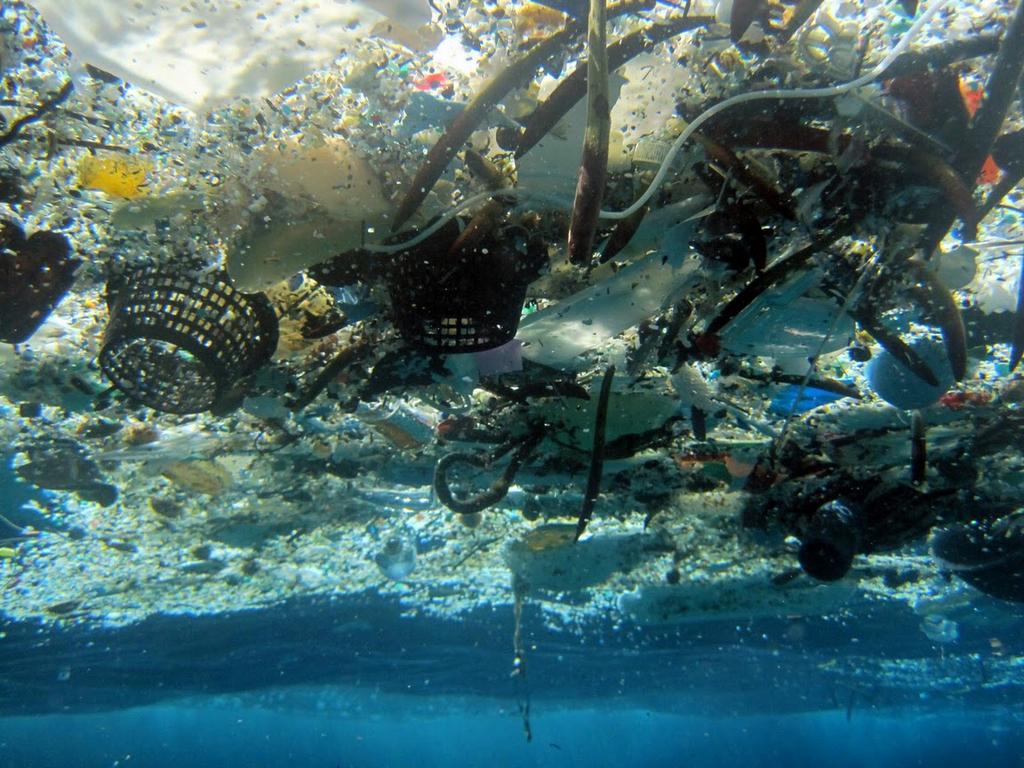
More
Swiss expedition to study trash in world’s oceans
Inside the tube is the kind of debris being sent for analysis to the Swiss Federal Institute of Technology (EPFL) in Lausanne as part of the Race for Water project, launched one month ago. The researchers are focusing on five trash ‘vortexes’ located in three oceans, where waste accumulates in large quantities, and in particular, on the impact of pollution on island populations living near these zones.
The Swiss team were in New York recently for promotional events hosted by the United Nations Environment Program, having done their first research stopovers collecting plastic trash in the Azores and Bermuda. In parallel to the work on the ground, drones have been making a digital map of the plastic rubbish.
While it’s too early to have detailed results and analyses from the samples taken or the drone surveys so far, Ari Friedlaender of the Marine Mammal Institute of Oregon State University was able to explain how the drones will help.
Friedlaender and his colleague, David Johnston, from the Practice of Marine Conservation and Ecology at Duke University, are two of the American scientists involved in the project. They and their teams are responsible for programming, transmitting and analysing the data collected by the aerial drones.
They had been using these drones for other work, to count animals such as seals or penguins in remote places, and thought it would be good to pair up using drone technology with the boat. “There are special lenses that you can put on the drone’s camera, and you will get images that will show the plastics very well, separate from the background,” Friedlaender explained.
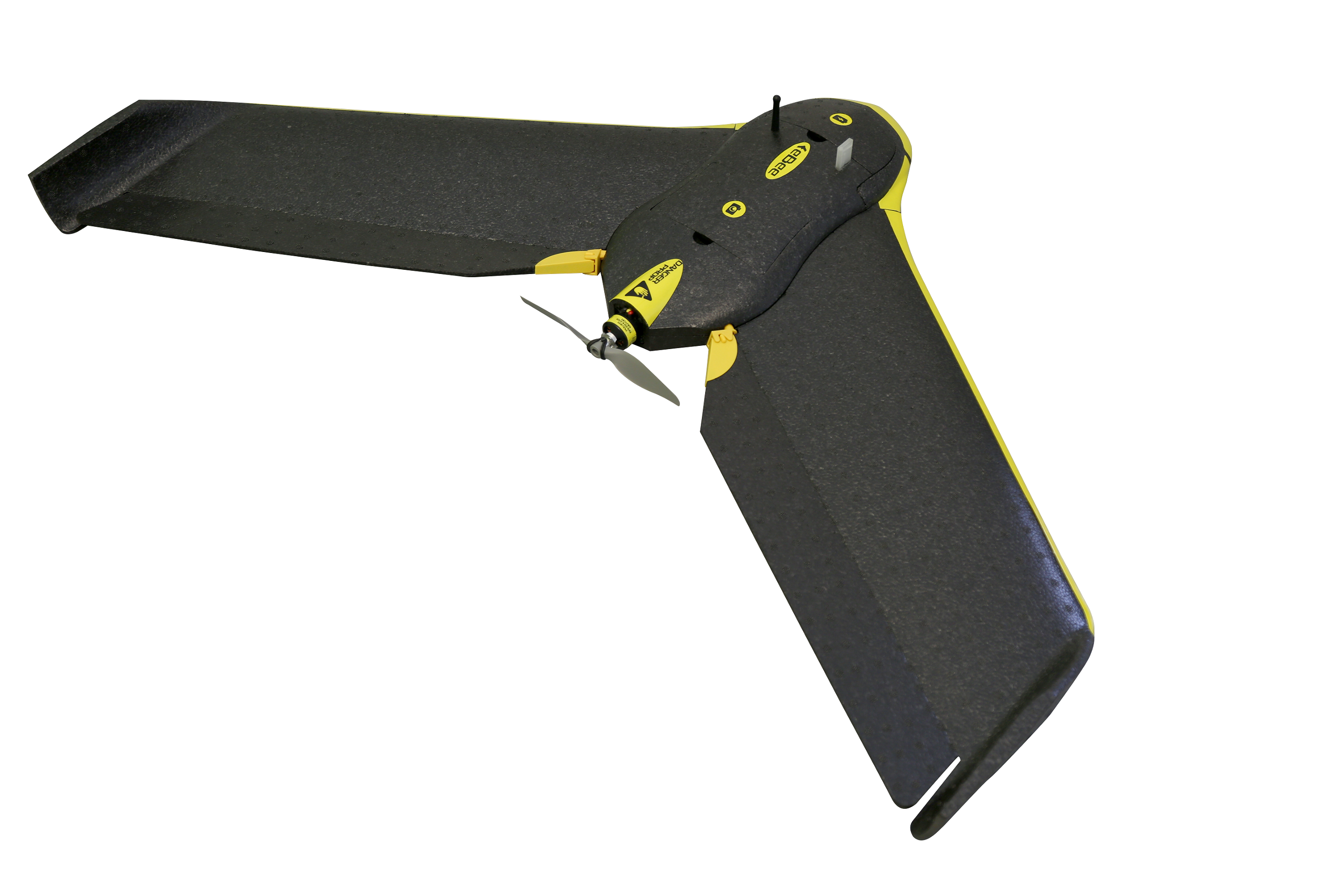
It turned out the drone maker, senseFlyExternal link, a Swiss EPFL spin-off, was also headquartered nearby. “And so we came up with the idea of using the drones to survey uncharted and uninhabited beaches to help measure the plastic debris.” Friedlaender stressed this aspect was important as very little is known about the plastic pollution in many of the uninhabited atolls in the South Pacific that the boat will be sailing to.
The Race for Water Odyssey
If all goes as planned, the expedition will cover over 40,000 nautical miles and last about 300 days, during which the team will investigate 11 islands located in the five ocean “gyres”. From New York the boat sails to the Virgin Islands, then through the Panama Canal and south to Valparaiso, Chile, before heading out into the open Pacific Ocean. Hawaii, Tokyo, Shanghai, Cape Town and Rio de Janeiro will be some of the major stops the expedition will make along its way around the world.
“Any data we can get from there will be informative. The first thing to do will be to count and quantify the debris. We will be able to tell what it is, and how much there is. And this information, in turn, might give us some indication of where it’s coming from. And then, once you know what you’ve got to deal with, you can come up with ways to mitigate and remove it and start cleaning up.”
Raising public awareness
When the boat arrives at a new location, the US scientists, linked by satellite, send the programme for the drone’s flight and the crew upload the flight information to the drone.
After that, they can “literally throw the drone up into the air and it goes on to collect all the data as programmed and then returns. The crew will fly as many missions in a given location as we tell them. When they call into the next port they will download the data onto a hard drive, which is sent to us. Once we begin our analysis it won’t take long to get results and we can start mapping the data.”So far, the programme hasn’t experienced any glitches. The mapping data which has been compiled is considered open source and made available onlineExternal link.
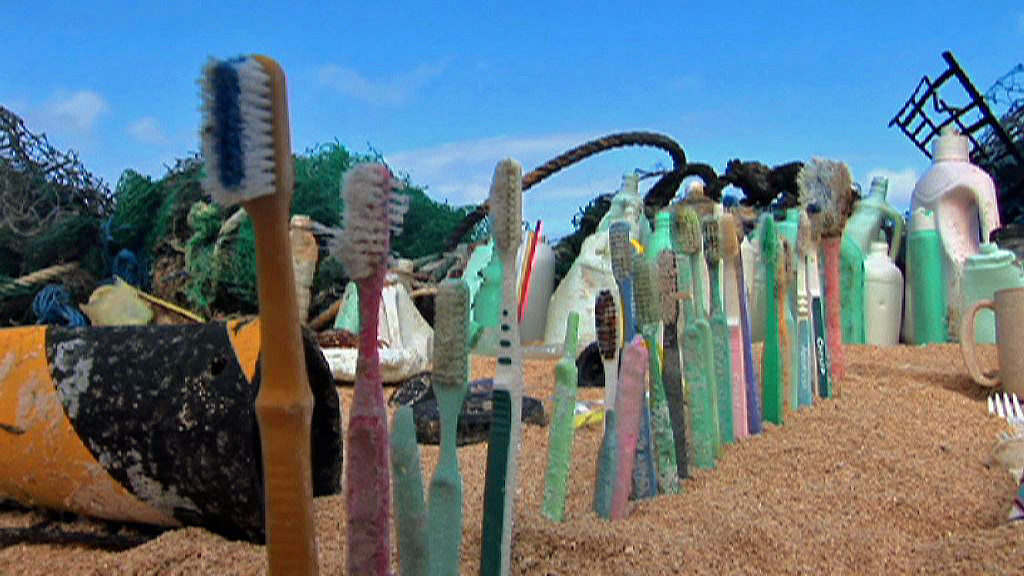
More
Tiny particles, huge threat
Apart from getting much needed data, Friedlaender said the expedition was also important for raising awareness about how mankind’s actions can affect the oceans.
The expedition should resonate with people, he said.
“A lot of the science we’re otherwise involved with is more about basic knowledge. This project is much more practically oriented: not only should we be able to see how much plastic waste floats in the oceans but hopefully the collected data will allow us to take the next step toward solving the problem. For us it’s an opportunity to make our science matter in a very important way.”
Extent of the problem
There are five vortexes of plastic waste in the world’s oceans. This floating trash results from human activity on land (industrial, agricultural and domestic activity) and at sea (maritime traffic, fishing, aquaculture, oil platforms). 250 million tonnes of plastic are produced every year, about 10% of which ends up in the sea.
Plastic pollution has many adverse impacts on the ecosystems and the human population: toxic chemical materials can cling to the plastic debris. Over time the plastic fragments turn into microparticles that are easily ingested and contaminate the food chain. Animals not only ingest plastic waste, they also become entangled in it. It is estimated that about one million birds are killed each year by plastic debris.
(Source: Race for Water Odyssey)

In compliance with the JTI standards
More: SWI swissinfo.ch certified by the Journalism Trust Initiative









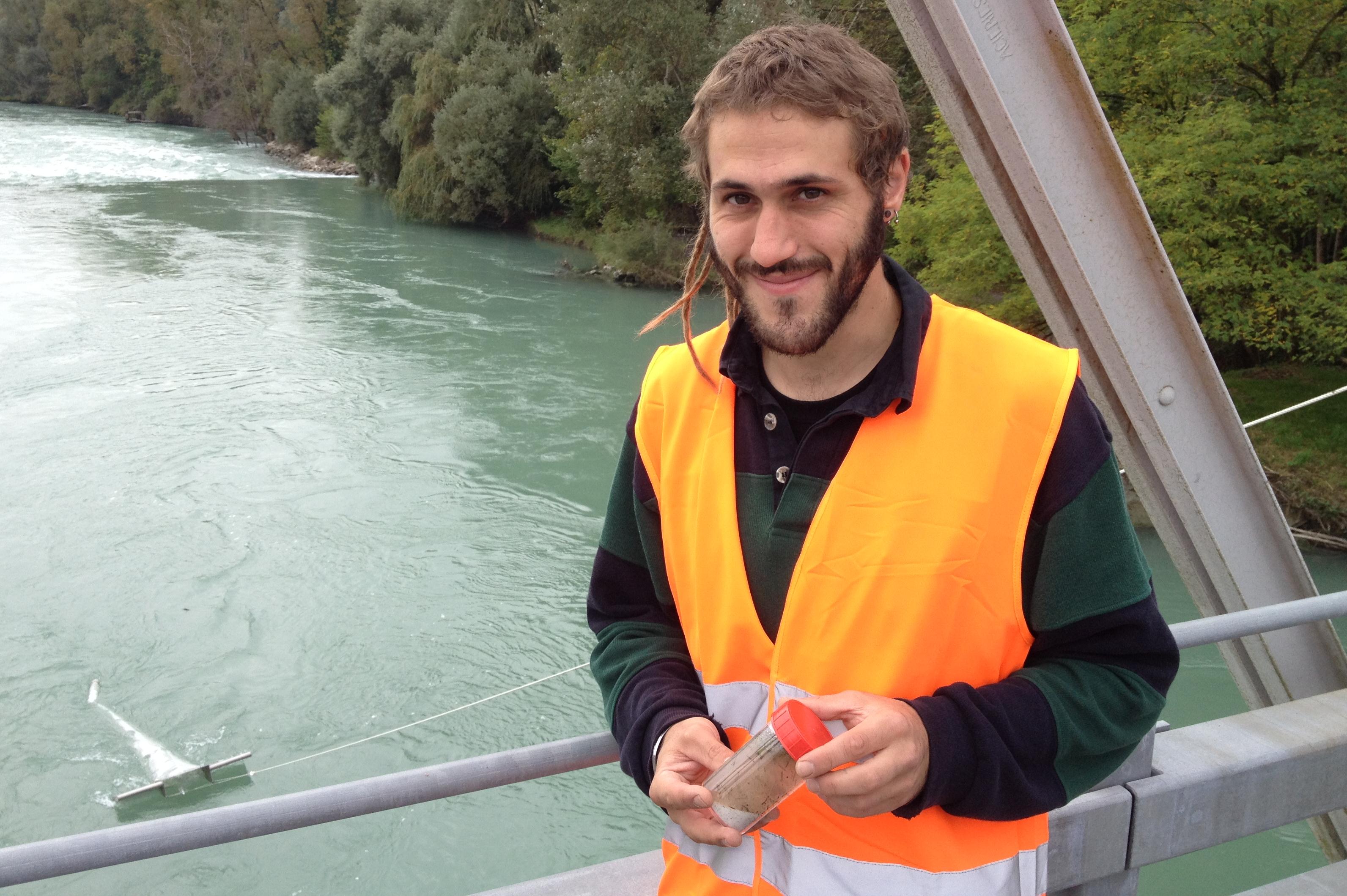
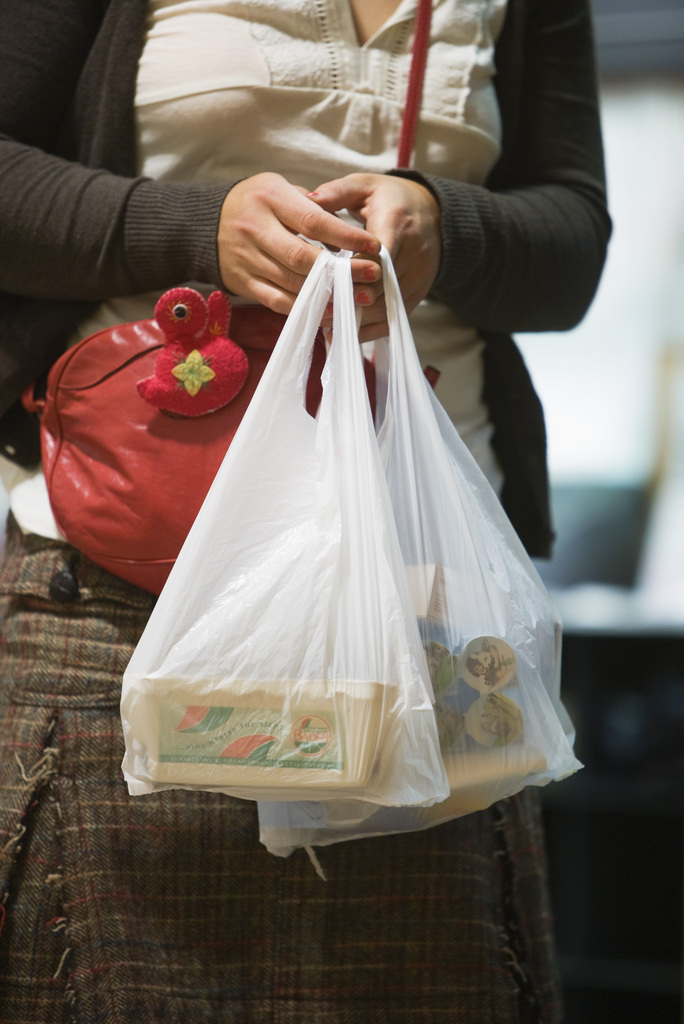
You can find an overview of ongoing debates with our journalists here . Please join us!
If you want to start a conversation about a topic raised in this article or want to report factual errors, email us at english@swissinfo.ch.